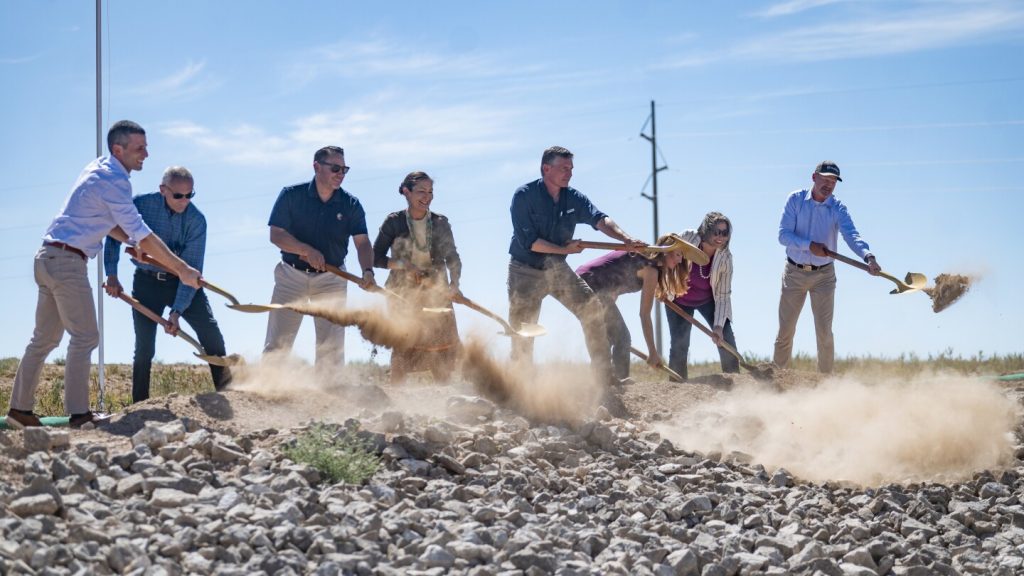A federal judge in Albuquerque, New Mexico, has rejected a request to halt construction on a $10 billion transmission line being built through a remote southeastern Arizona valley to carry wind-generated electricity from New Mexico to California. The project, approved in 2015, is considered the biggest electricity infrastructure initiative since the construction of the Hoover Dam. Two tribes, along with archaeologists and environmentalists, filed a lawsuit accusing the U.S. Interior Department and Bureau of Land Management of ignoring the cultural significance of the San Pedro Valley to Native American tribes, including the Tohono O’odham, Hopi, Zuni, and San Carlos Apache Tribe.
Despite the lawsuit’s claims that the San Pedro Valley is a significant historical and prehistoric landscape, the federal judge denied the motion to halt construction, stating that the plaintiffs were too late in bringing their claims. The judge ruled that the Bureau of Land Management had fulfilled its obligations in identifying historic sites and preparing an inventory of cultural resources. The Tohono O’odham Attorney General argued that the project would irreparably harm the valley’s spiritual significance to the tribes, but government representatives defended the SunZia project as a key renewable energy initiative and argued that the tribes had waited too long to bring their claims.
Pattern Energy, the company behind the wind farm project, argued that halting construction would have catastrophic consequences and compromise the project’s completion timeline. The transmission line is expected to begin commercial service in 2026, delivering over 3,500 megawatts of wind power to 3 million people. The San Pedro Valley is a crucial segment of the 550-mile conduit that will deliver electricity from central New Mexico to California, supporting President Joe Biden’s agenda for reducing greenhouse gas emissions. Work on the project began in New Mexico last year and is being challenged before the Arizona Court of Appeals over whether state officials properly considered the project’s benefits and consequences.
The construction of the transmission line faced temporary halts in Arizona following pleas from tribes to review environmental approvals for the San Pedro Valley. Despite ongoing challenges and opposition, Pattern Energy remains committed to engaging in a good-faith effort to advance cultural resources protection, environmental stewardship, and the clean energy transition. The company’s lawyers described the consultation process over the last decade as comprehensive and said the plaintiffs had ample opportunities to raise their concerns. The project has encountered modifications and delays due to concerns from tribal groups and government agencies, but Pattern Energy is determined to see it through to deliver renewable energy to millions of customers in the coming years.
The SunZia wind farm project, which includes the construction of a transmission line through the San Pedro Valley, has faced legal challenges from Native American tribes, environmentalists, and archaeologists concerned about the project’s impact on cultural resources and sacred sites. Despite the concerns raised by the plaintiffs, the federal judge ruled in favor of allowing construction to continue, citing the government’s compliance with regulations and the need for renewable energy initiatives. The dispute over the project’s impact on the San Pedro Valley highlights the complex relationship between energy infrastructure development and the preservation of cultural heritage, raising questions about how to balance the two competing interests. As the construction progresses, the debate over the SunZia project is likely to continue, with ongoing legal challenges and activism from tribal and environmental groups seeking to protect the valley’s cultural significance.


